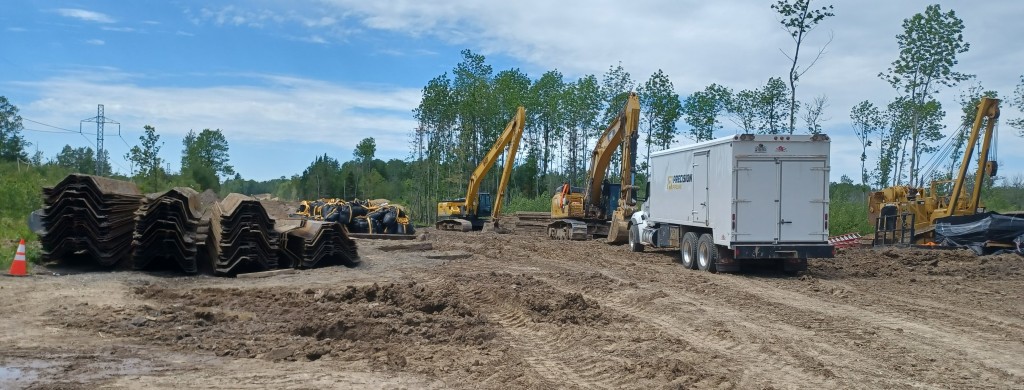For the Rule of Law to mean anything, it has to be able to hold wealthy people and large companies accountable as well as the average person. One of the sadder chapters in the Line 3 pipeline pipeline saga was the pitifully meager penalties available to hold Enbridge accountable for blatant permit violations.
Enbridge completed the pipeline two years ago. Groups of advocates still are trying to force the state to do what it should have done immediately: Hold Enbridge responsible for the environmental damage it created.
Advocates have filed a pleading in District Court in Clearwater County to enforce the one weak criminal charge the state brought against Enbridge: A misdemeanor for the unpermitted discharge of state waters. A year ago, the state and Enbridge entered an agreement, where Enbridge would admit to its wrongdoing. In return, the state said it would dismiss the charges in a year as long as Enbridge remained law abiding.
The charge is set to be dismissed this week/
Advocates say Enbridge hasn’t remained on good behavior. They have identified sites of suspected aquifer breaches that neither the Minnesota Department of Natural Resources (DNR) nor Enbridge have made known publicly.
Enbridge knew or should have known about all of these breaches and done something about them.
The pleading asks the Court to enforce the misdemeanor charge: specifically to order the imprisonment of responsible Enbridge executives for 90 days or an otherwise definite term, “and to order each Enbridge executive to individually pay $1000 for each aquifer breach in Minnesota along the Enbridge Line 3 pipeline corridor.”
Continue reading


